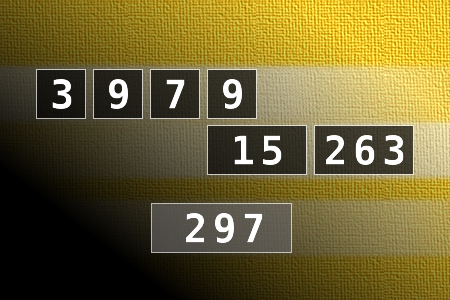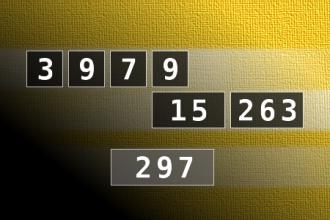Calculate the number 297
NUMBERMANIA: Calculate the number 297 using numbers [3, 9, 7, 9, 15, 263] and basic arithmetic operations (+, -, *, /). Each of the numbers can be used only once.Correct answers: 38
The first user who solved this task is Eric Mosqueda.
#brainteasers #math #numbermania

So, Jane asked the detective...
"So," Jane asked the detective she had hired. "Did you trail my husband?"
"Yes ma'am. I did. I followed him to a bar, to an out-of-the-way restaurant and then to an apartment."
A big smile crossed Jane's face. "Aha! I've got him!" she said gloating, "Is there any doubt what he was doing?"
"No ma'am." replied the sleuth, "It's pretty clear that he was following you."
"Yes ma'am. I did. I followed him to a bar, to an out-of-the-way restaurant and then to an apartment."
A big smile crossed Jane's face. "Aha! I've got him!" she said gloating, "Is there any doubt what he was doing?"
"No ma'am." replied the sleuth, "It's pretty clear that he was following you."

